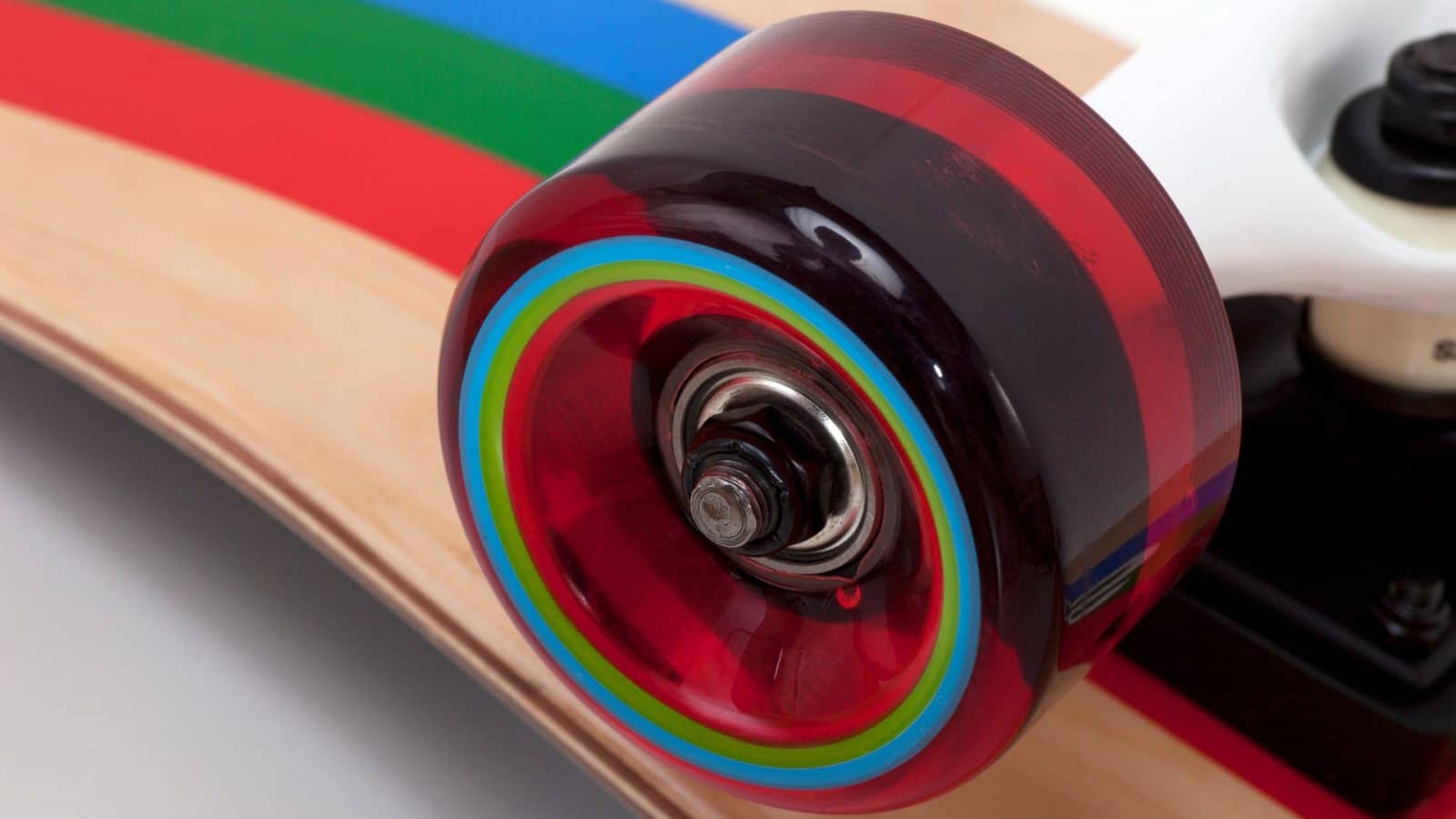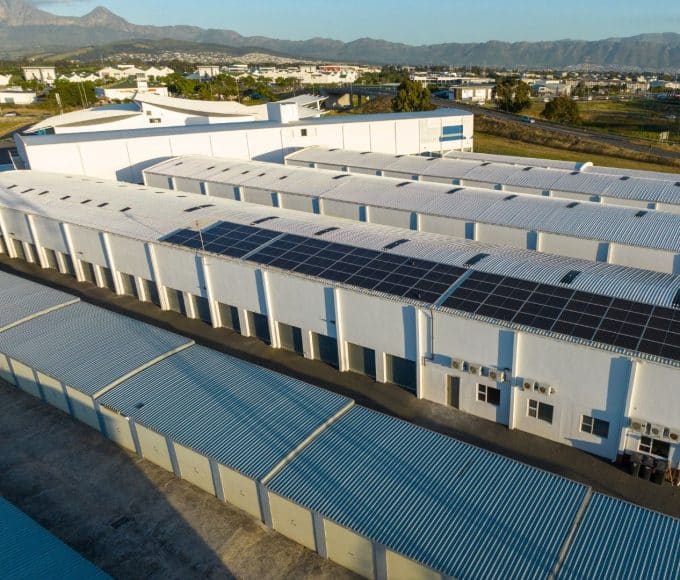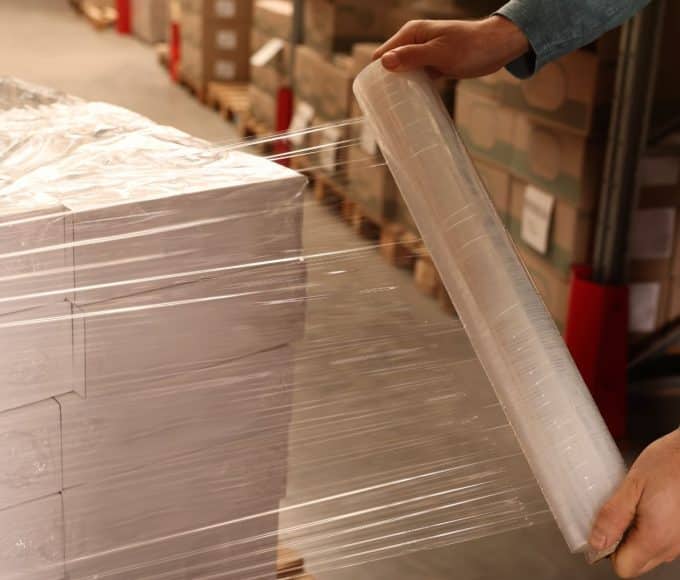If you’re designing parts or products that need strength and intricate shapes, reaction injection molding (RIM) may be the right choice for you. At the heart of this process lies polyurethane, a material that elevates RIM beyond conventional manufacturing methods. Understanding what you need to know about polyurethanes in RIM can reshape the way you approach product design and streamline your production process.
Polyurethane’s Versatility
Polyurethane is widely used in RIM because of its incredible adaptability. Unlike traditional injection molding, RIM involves combining two liquid components—a polyol and an isocyanate—inside a mold.
This method creates solid, lightweight parts that expand into any shape. The greatest strength of RIM design flexibility is its ability to mold thin walls, vary wall thicknesses, and incorporate structural reinforcements all in a single molded part.
Why Polyurethane Is Essential in RIM
Polyurethane’s unique properties make it ideal for reaction injection molding. First, it helps create lightweight parts that can withstand stress over time. This makes it a fantastic choice for manufacturing enclosures, automotive parts, or even heavy-duty industrial components.
Second, polyurethane formulations meet specific functional needs, such as impact resistance, heat tolerance, or elasticity.
Another advantage lies in polyurethane’s surface finish. Components molded with this material easily achieve smooth or textured appearances straight out of the mold. This eliminates the need for extra finishing steps, saving manufacturers time and money—an essential advantage in production settings.
Key Applications of RIM With Polyurethane
Due to its scalability and material efficiency, polyurethane in RIM is used in diverse industries. Automotive manufacturers rely on it for durable bumpers, dashboards, or body panels. The medical field uses the process to mold equipment housings.
Even modern furniture and consumer goods harness RIM technology for sleek designs. Wherever durability and precision matter, polyurethane in RIM delivers exceptional results.
What Makes RIM With Polyurethane Unique
One of RIM’s key advantages is its ability to incorporate complex features like undercuts, threads, and ribs into the mold itself. Polyurethane offers the strength and adaptability needed, streamlining production by reducing assembly steps.
For product designers and engineering professionals, understanding what you need to know about polyurethanes in RIM bridges the gap between innovative design and efficient production. Whether you’re aiming to produce intricate shapes, lightweight performance, or durable components, polyurethane is a material you’ll want to prioritize in your next RIM project.















